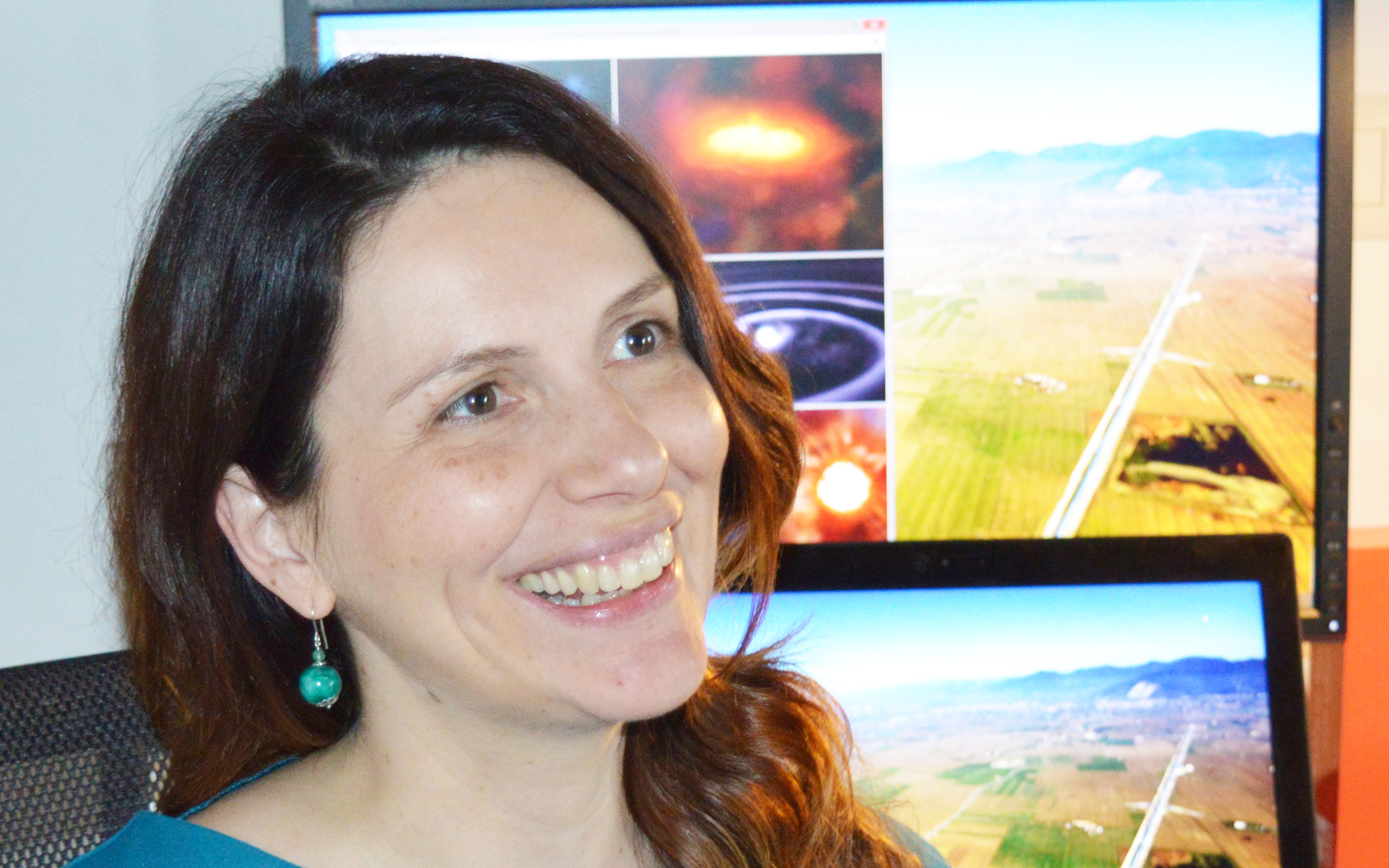
16 October 2017 was a historic day, because the joint announcement of the first detection of gravitational waves with observation of the electromagnetic counterpart of their source, marked an epochal change in our way of studying the universe with the beginning of the era of multi-messenger astronomy. We got one of the protagonists of this result to tell us what happened and what is its meaning: Marica Branchesi, astrophysicist, researcher at the Gran Sasso Science Institute (GSSI), associate at the INFN-Gran Sasso National Laboratories. Branchesi was also among the scientists who presented the result during the LIGO and Virgo conference, held in Washington at the National Science Foundation (NSF), at the same time as many other conferences worldwide, including that in Italy of the INFN, of the National Institute of Astrophysics (INAF) and of the Italian Space Agency (ASI), in collaboration with the Ministry of Education, University and Research (MIUR).
I would like to start with the facts: what happened on 17 August?
Around 2:40 pm the phone rang, gravitational wave alert message. As coordinator of the LIGO and Virgo collaboration team which sends alerts to telescopes, I immediately connected to the computer in conference call with data analysis experts and scientists at the three sites, Cascina, Livingston and Hanford. A signal in the data collected by LIGO and Virgo coming from the coalescence of two neutron stars, a gamma burst seen by the Fermi satellite two seconds after the gravitational wave signal. Four hours later we were able to send a precise position, the source was in the southern hemisphere, ideal for the Chilean telescopes that start to observe at dusk.
...
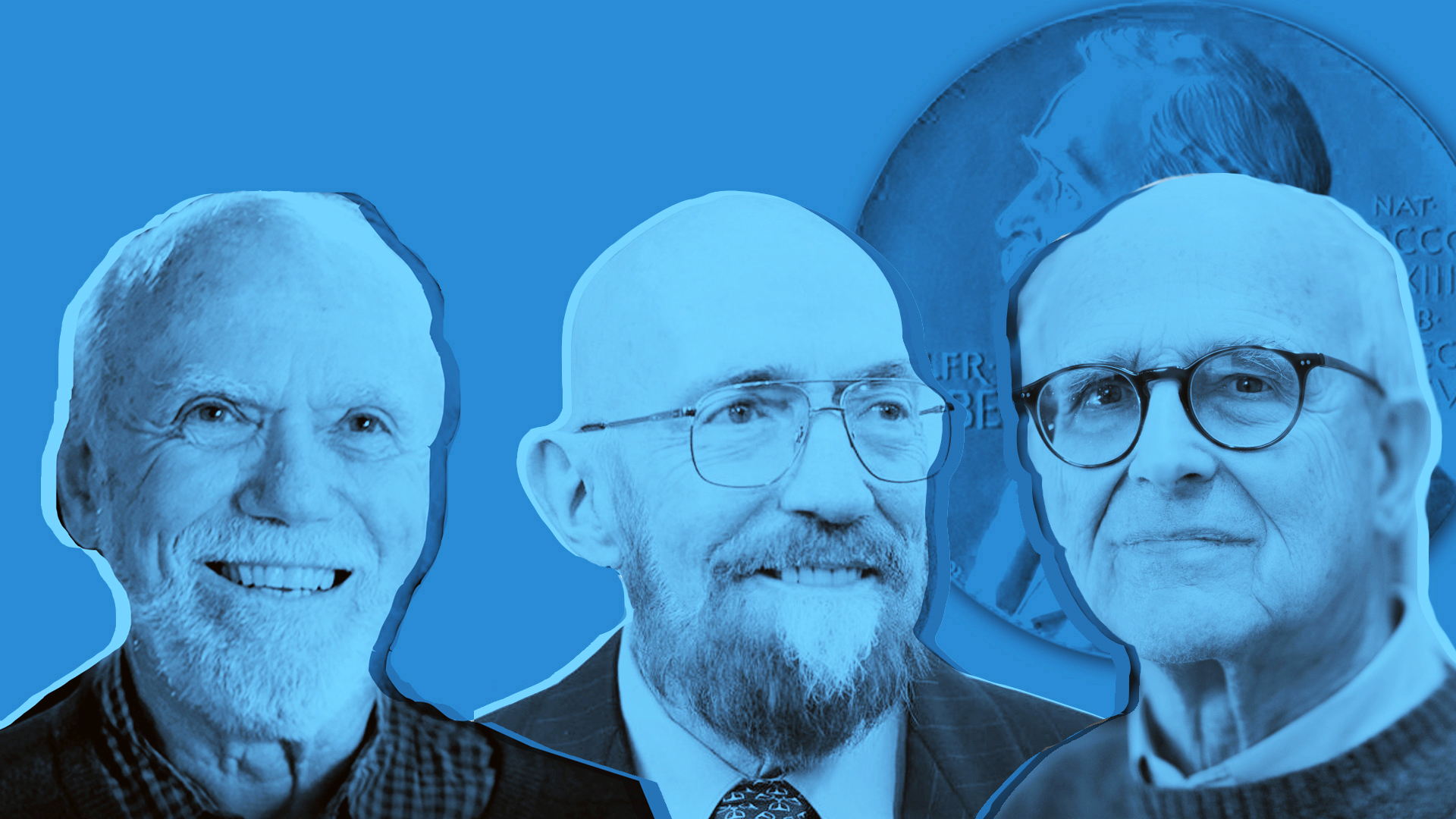
The 2017 Nobel Prize for Physics has been awarded to Barry Barish and Kip S. Thorne, both from Calthech, and Rainer Weiss from MIT, for their role in the discovery of gravitational waves, as promoters and founders of the LIGO (Laser Interferometer Gravitational-Wave Observatory) instruments, ...
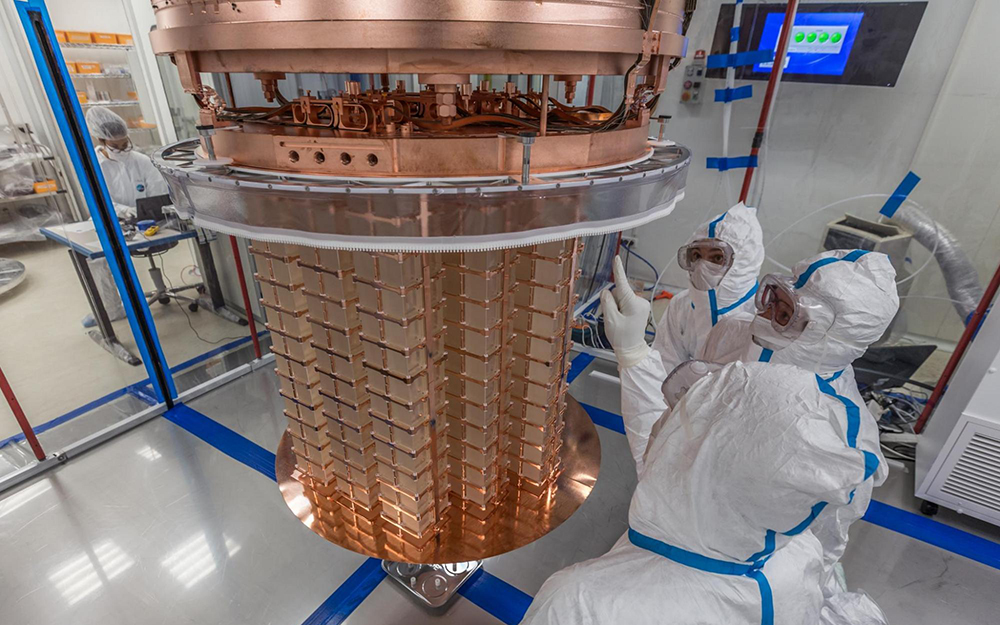
On 23 October, at the Gran Sasso National Laboratories (LNGS) of INFN, the CUORE (Cryogenic Underground Observatory for Rare Events) experiment, the largest cryogenic detector ever built, designed to study the properties of neutrinos, was inaugurated. In the first two months of data collection, the experiment has operated with extraordinary precision, ...
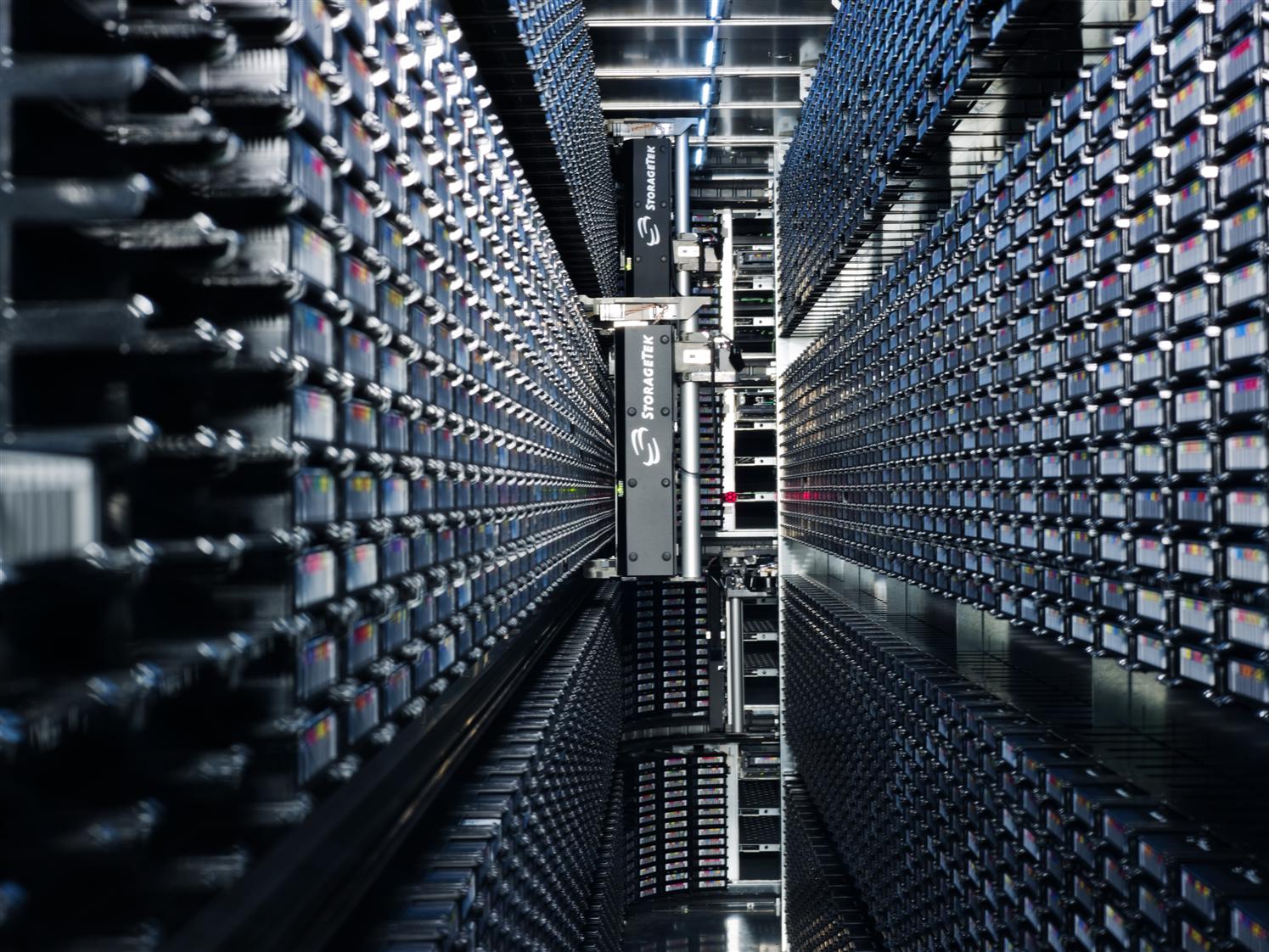
A first prototype for an all-European, in terms of both design and technology, supercomputing infrastructure. This is the goal of EuroExa, a project funded with 20 million euros under the H2020 research programme and just launched by the sixteen European institutions that participate in it, including the INFN and the National Institute of Astrophysics (INAF) in Italy. ...
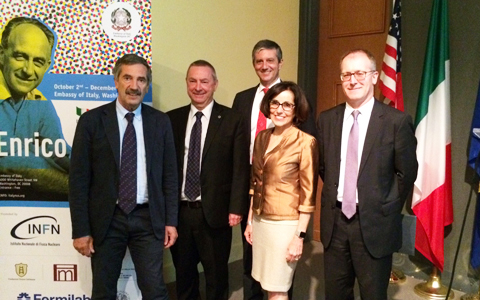
On 2 October, an exhibition dedicated to the famous Italian physicist Enrico Fermi was inaugurated at the Italian Embassy in Washington. The exhibition was inaugurated on the 75th anniversary of Fermi's first self-powered nuclear chain reaction at the University of Chicago. It is organised by the Scientific Office of the Italian Embassy and ...
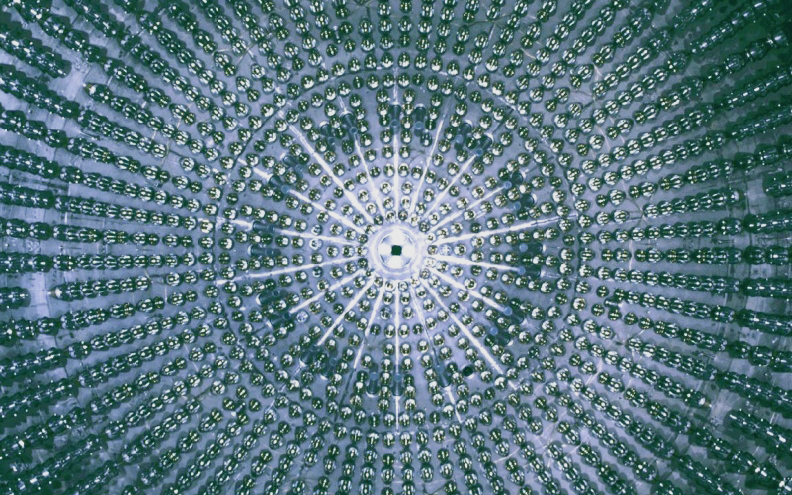 SOX AND THE CHALLENGE OF STERILE NEUTRINOS
SOX AND THE CHALLENGE OF STERILE NEUTRINOS
SOX (Short distance Oscillations with boreXino) is a project whose scientific objective is to confirm or clearly confute the phenomenon of the so-called "neutrino anomalies" observed by certain experiments worldwide, which have measured an “anomalous” disappearance of some of these particles in neutrino flows. An explanation of the phenomenon might lie in the existence of sterile neutrinos, particles hypothesised based on certain as yet unobserved theories, which differ from the neutrinos we know today due to some of their characteristics: for example, they would appear to interact with matter solely through gravity and not through weak forces. The SOX project, designed to identify sterile neutrinos, envisages work in tandem of an antineutrino generator and of the Borexino experiment, a highly sensitive neutrino and antineutrino detector in operation since 2007 at INFN's Gran Sasso underground Laboratories, protected from cosmic rays thanks to the 1400 metres of rock of the massif above it. The very high level of radiopurity (i.e. the almost total absence of radioactivity), the large dimensions and the proven ability to measure both neutrinos and antineutrinos with great precision make Borexino the ideal tool to accomplish this research. ...
cover image:
Artistic representation of the coalescence of two neutron stars..
INFN - COMMUNICATIONS OFFICE
comunicazione@presid.infn.it
+39 06 6868162